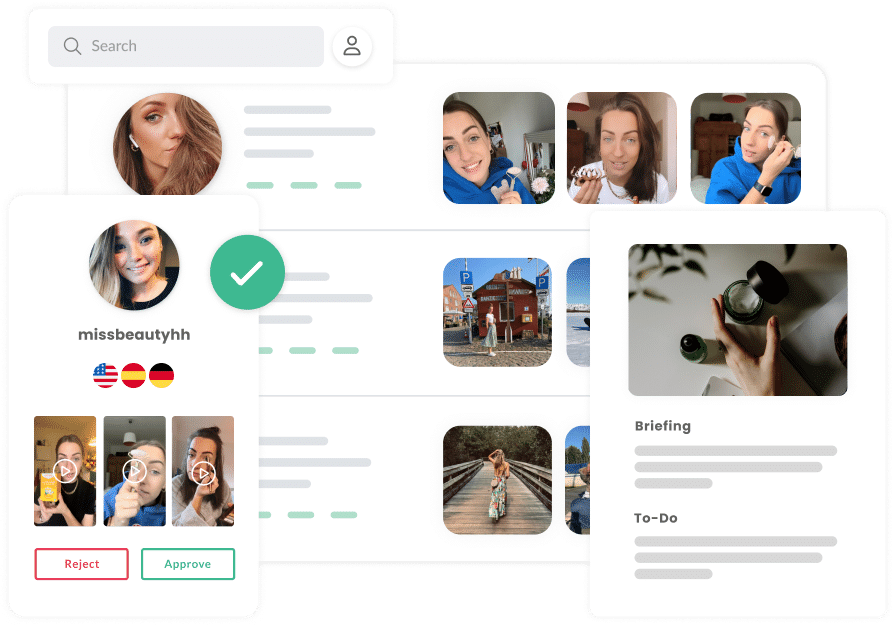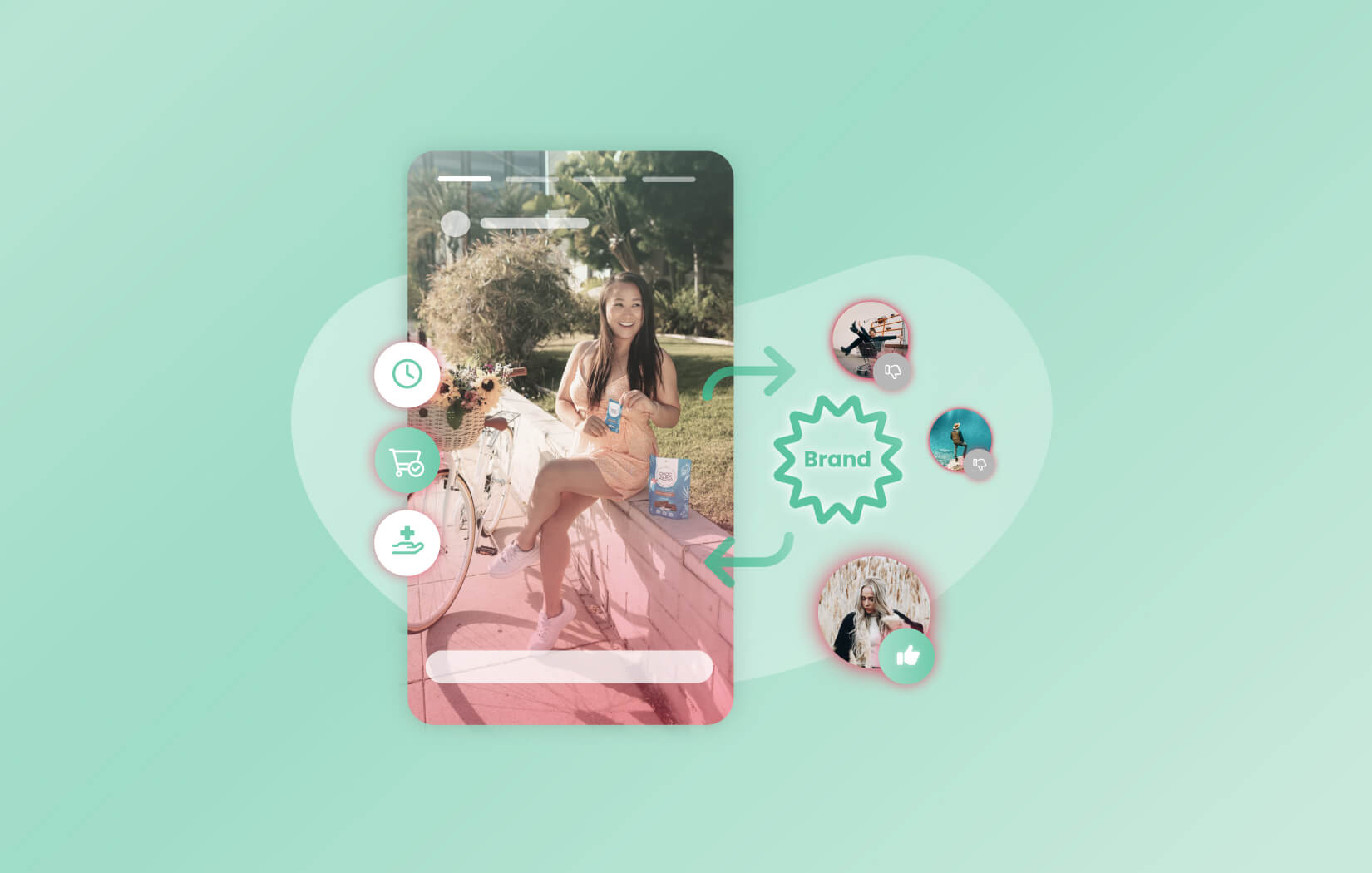Influencer Marketing is booming. Over the past years, especially during Covid, the online shopping market practically exploded, with social commerce taking up an increasingly important role. This is also supported by studies: Almost one in five Germans has already bought a product promoted by influencers. Among young adults, it is even almost one in two. In order to be able to satisfy this ever-growing market and profit as a brand, good organization coupled with a clever strategy is required.
This is where influencer relationship management (IRM) comes into play. From the selection of the right influencer to the development and monitoring of various campaigns and effective communication with the creators, many measures need to be taken into account. Find out which criteria influence the success of the collaboration and how to avoid unnecessary expenses in the following sections.
What is influencer relationship management?
Why is influencer relationship management so important?
A long-term relationship with influencers facilitates internal work processes and strengthens followers’ trust in the brand. When companies cooperate with content creators over a longer period of time, the result ideally is an increasingly more routine and effective collaboration. Expectations and goals are well-defined through clear communication, feedback is given in a much more precise manner, and campaigns can be evaluated better. The resulting benefits, such as saving resources and energy, in turn have a positive effect on the Influencer Marketing ROI.
How do you select the right influencer for your company?
The right selection of influencers is crucial for successful influencer relationship management. Only with the right influencers can you address your target group directly and thereby influence purchasing decisions. The following criteria will help you select suitable influencers for future projects:
- Identification of campaign goals
- Brand fit
- Identification of the influencer with the brand
- Relevance of the products or services for the target group
- Marketability
If you want to learn more about how to find influencers suitable for your brand, check out our related blog post.
Which factors still need to be considered in influencer relationship management?
Besides defining goals and expectations for a project and making sure that the chosen influencers can relate with your brand and products, there are a few other aspects that should also be considered for successful influencer relationship management:
Creative freedom
Creative freedom in visual content production allows content creators to address their community in a personal and individual way and in turn also improves the credibility and authenticity of your brand in the perception of the respective followers. Of course, it is important to clearly define goals and requirements for the visual content in a briefing beforehand. However, influencers have a close relationship with their followers and can thus easily predict which content their target group wants to see.
Appropriate compensation
Professional IRM includes not only a detailed briefing and respectful treatment of influencers, but also adequate compensation. After all, content creation involves a lot of time and effort. The type of collaboration, for example via product seeding, reuse of content through influencer whitelisting or the purchase of rights to an image or video also affect the final price of influencer marketing campaigns.
To learn more about influencer marketing costs check out our blog post on the topic.

Download our fact sheet now and learn how to optimize content production for your brand and reduce costs in no time.
Time management
One of the biggest mistakes in Influencer Marketing is the tendency to rush influencer campaigns. Even though Stories, Reels and posts are digital formats, designing campaign content requires proper preparation and development. With overly pressing deadlines, not only does the partnership and communication between influencers and the brand suffer, but so does the quality and success of the campaign.
Feedback
Companies achieve the best results when projects with influencers are planned and executed in a sustainable manner. This includes constructive feedback after a marketing campaign. Analyzing the cooperation and identifying possible mistakes help determine measures for improving future campaigns. Only when exchange takes place at eye level do both sides benefit from the cooperation.
Conclusion
Influencers are a key component when it comes to meeting the ever-growing demand for authentic, visual social content. With smart influencer relationship management, you can effectively leverage the content you produce across all your marketing channels and build a sustainable network of influencers and experts.
Buyers are more likely to trust a brand if the message, vision and public perception are communicated in the same way across all channels. For this, a holistic strategy is crucial, which ranges from the identification of suitable influencers to the follow-up of marketing campaigns. Brands will only get the most out of their budget if soft skills are also of value in influencer relationship management and a cooperation always also means dialog.
Want to learn more about why micro influencer marketing is worth it? Then take a look at our blog post on the topic.
Source
https://www.bvdw.org/fileadmin/user_upload/190404_IM_Studie_BVDW_2019.pdf










